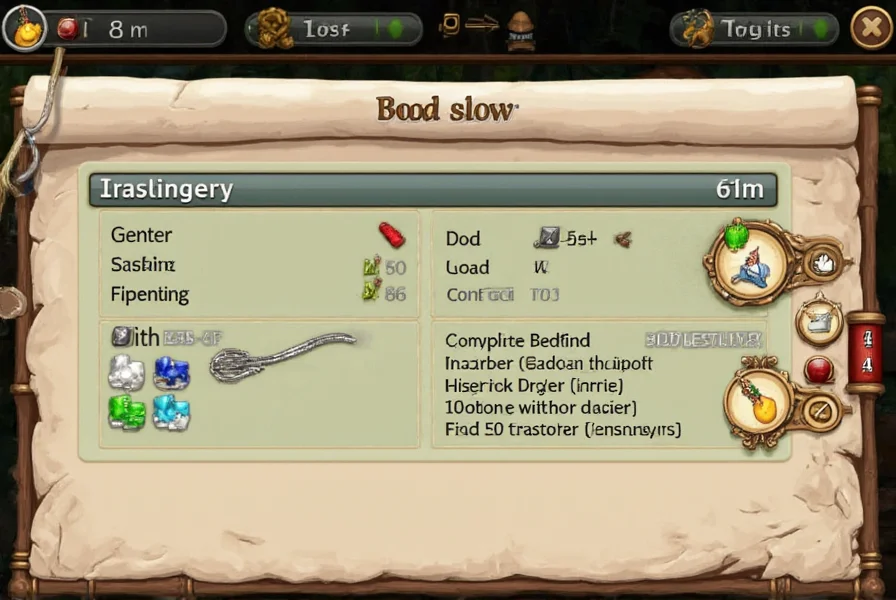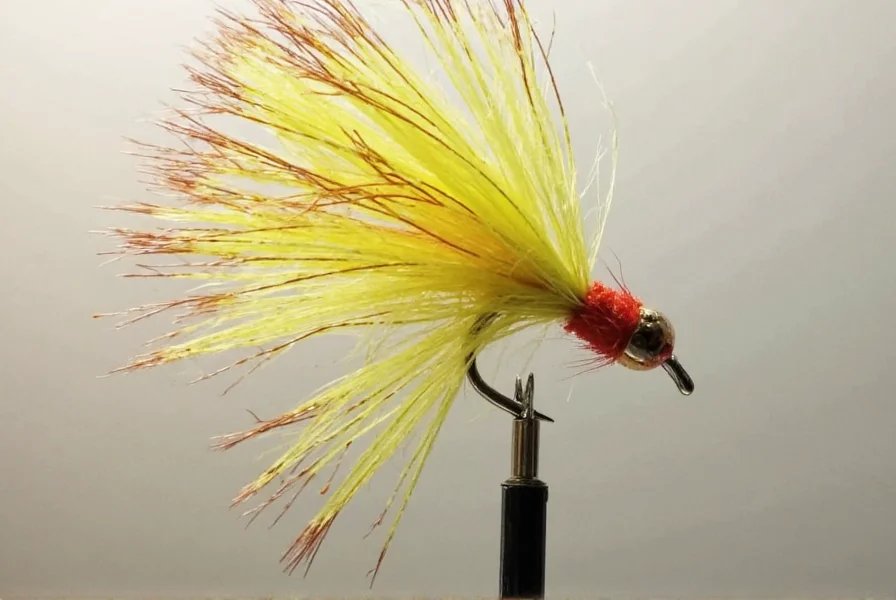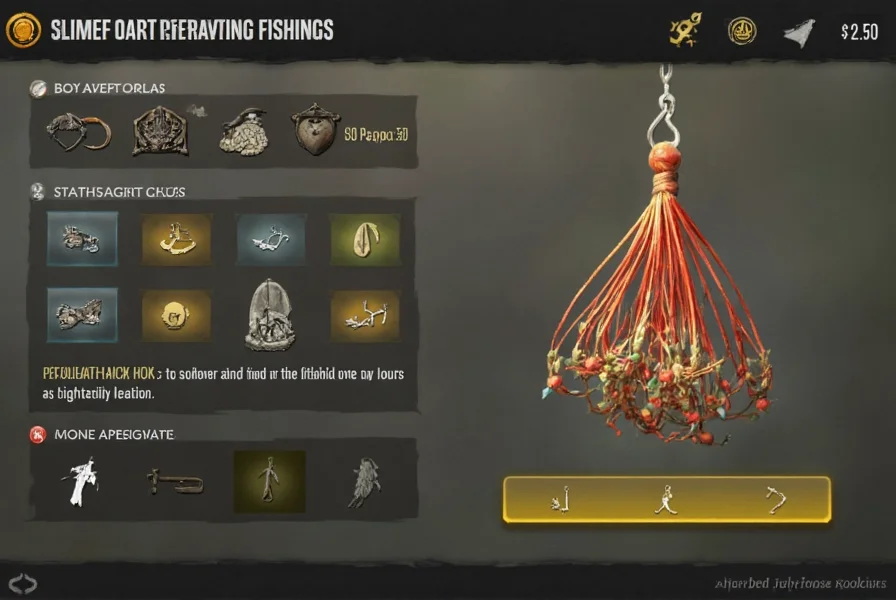The Saffron Summer represents one of fly fishing's enduring classic patterns, developed specifically for summer trout conditions when mayflies and other aquatic insects emerge. This distinctive wet fly pattern requires a particular hook style to maintain its traditional presentation and effectiveness in the water.
Historical Development of the Saffron Summer Pattern
Originating in England's chalk streams during the Victorian era, the Saffron Summer was created to match the emergence of Pale Evening Dun mayflies during warm summer evenings. Early fly tiers like G.E.M. Skues refined the pattern to address specific hatches that frustrated anglers using traditional dry flies. The distinctive saffron-colored body imitates the vulnerable stage when insects struggle to break through the water's surface film.
Technical Specifications of the Ideal Hook
When selecting hooks for tying Saffron Summer flies, several technical characteristics prove essential for authentic performance:
| Hook Characteristic | Recommended Specification | Purpose |
|---|---|---|
| Wire Thickness | Medium | Balances strength with natural movement in current |
| Eye Position | Down-turned | Promotes proper hook orientation during dead-drift presentation |
| Hook Size Range | 10-16 | Matches natural insect sizes during summer hatches |
| Point Style | Needle or fine point | Ensures reliable penetration through trout's bony mouth |
Optimal Fishing Conditions and Techniques
Anglers achieve best results with Saffron Summer patterns during late afternoon through evening when summer hatches intensify. The traditional approach involves casting upstream with a reach cast, allowing the fly to drift naturally through likely feeding lanes. Unlike dry flies, the Saffron Summer works effectively when fished just beneath the surface film, imitating insects trapped during emergence.
Modern interpretations sometimes add a touch of floatant to the hackle tips, creating a 'sunk fly' presentation that maintains the traditional profile while riding slightly higher in the surface film. This adaptation proves particularly effective during sparse hatches when trout show selective feeding behavior.

Target Species and Water Types
While primarily designed for brown trout in clear chalk streams, the Saffron Summer pattern demonstrates surprising versatility across various freshwater environments:
- River fishing: Most effective in clear, slow-moving sections of rivers with consistent summer insect activity
- Stillwater applications: Works well on reservoirs and lakes during evening rises when trout feed on emerging insects
- Target species: Brown trout show strongest response, though rainbow trout and grayling also take the pattern readily
Common Mistakes When Using Saffron Summer Patterns
Many anglers undermine their success with this classic pattern through several preventable errors:
- Using hooks with eyes positioned straight or upward, causing unnatural orientation in the current
- Selecting heavy wire hooks that sink too quickly, preventing proper presentation in the surface film
- Tying the pattern too large (size 8 or bigger) when summer insects typically range from 14-18
- Fishing the fly too deep rather than in the critical surface film zone where emergence occurs
Modern Adaptations and Variations
Contemporary fly tiers have developed several effective variations while maintaining the pattern's essential characteristics. The Saffron Spider version simplifies the original with just thread body and hackle, while the Parachute Saffron Summer incorporates a post for improved visibility. Some tiers add a thin copper wire rib to enhance durability without compromising the fly's delicate profile.
When selecting hooks for modern adaptations, consider slightly longer shank hooks for patterns with additional materials. The TMC 200R or Tiemco 2000 series provide excellent options that maintain the traditional profile while offering improved strength for landing larger trout.

Seasonal Considerations for Saffron Summer Fishing
The effectiveness of this pattern peaks during specific summer conditions. Water temperature between 55-65°F (13-18°C) typically triggers the most consistent hatches that match the Saffron Summer profile. During heat waves when water temperatures exceed 70°F (21°C), trout become less active and selective, reducing the pattern's effectiveness.
Early summer (June-July) generally provides the most reliable fishing with this pattern, coinciding with major Pale Evening Dun hatches on many rivers. Late summer applications work best during cooler evenings following hot days, when residual heat triggers evening emergences.
Complementary Patterns for Complete Summer Strategy
No single fly pattern works consistently throughout the season. Pairing the Saffron Summer with complementary patterns creates a comprehensive approach for summer trout fishing:
- Early evening: Start with a CDC Bivisible as fish begin feeding on the surface
- Peak emergence: Switch to Saffron Summer when insects struggle in the surface film
- Tailing end of hatch: Transition to a Sparkle Dun as insects successfully emerge
This progression mimics the natural insect lifecycle, increasing your chances when trout exhibit selective feeding behavior during concentrated hatches.
Expert Tips for Maximizing Success
Experienced fly fishers recommend several nuanced techniques for optimal results with Saffron Summer patterns:
- Apply minimal floatant only to the hackle tips to keep the body submerged while maintaining surface presence
- Use a 7X tippet during clear water conditions for less visible presentation
- Employ a reach mend immediately after landing to prevent drag in the critical first few feet of drift
- Focus on slower water along weed beds where emerging insects accumulate
Remember that presentation often matters more than exact imitation. A well-presented Saffron Summer on appropriate hook size will outperform a perfect copy with poor drift characteristics.
Frequently Asked Questions
What hook size works best for traditional Saffron Summer patterns?
Size 12-14 hooks represent the optimal range for traditional Saffron Summer patterns, matching the natural size of Pale Evening Dun mayflies during summer hatches. In smaller streams with diminutive insects, size 16 works well, while size 10 may be appropriate for larger rivers with bigger insect populations.
Can I use the Saffron Summer pattern effectively in stillwater environments?
Yes, the Saffron Summer pattern works exceptionally well in stillwater environments during evening rises. Cast across likely feeding lanes and allow the fly to sink slightly before beginning a slow retrieve that mimics emerging insects. The pattern proves particularly effective around weed beds and drop-offs where trout position themselves to intercept emerging insects.
How does water temperature affect Saffron Summer effectiveness?
Water temperatures between 55-65°F (13-18°C) create optimal conditions for Saffron Summer effectiveness, corresponding with peak Pale Evening Dun activity. When temperatures exceed 70°F (21°C), trout become less active and selective, reducing the pattern's effectiveness. Cooler summer evenings following hot days often produce the most consistent results with this pattern.
What's the difference between Saffron Summer and Saffron Spider patterns?
The traditional Saffron Summer features a tapered yellow body with palmered hackle throughout, while the Saffron Spider simplifies the pattern to just thread body and hackle. The Spider version works better in faster currents where the simpler profile maintains movement, while the full Saffron Summer excels in slower, clearer water where trout can inspect flies more closely.











 浙公网安备
33010002000092号
浙公网安备
33010002000092号 浙B2-20120091-4
浙B2-20120091-4